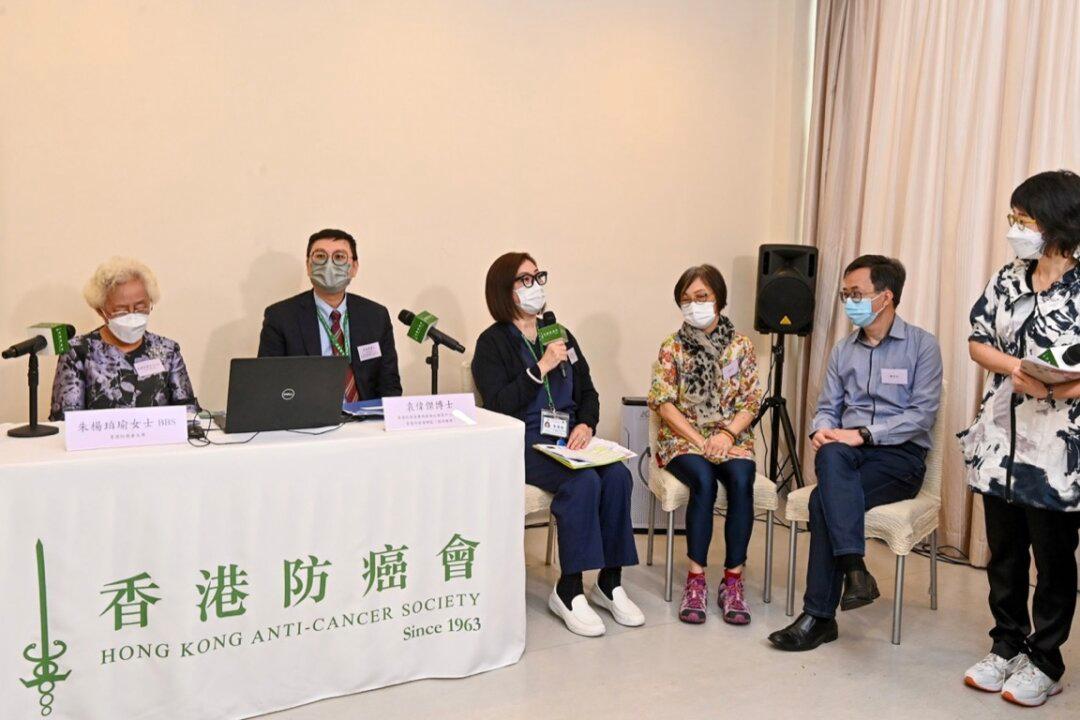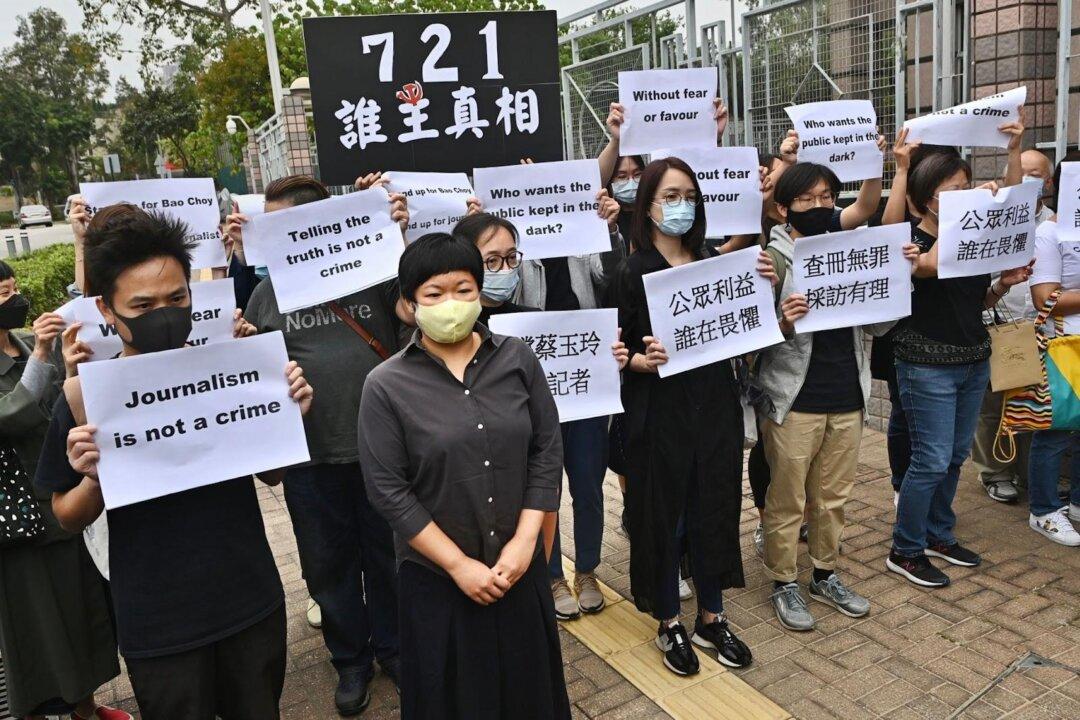Cancer is the number one killer among Hong Kong citizens. According to the latest “Overview of HK Cancer Statistics of 2020“ released by the Hong Kong Cancer Registry (HKCaR) of the Hospital Authority (HA), there were 34,179 new cancer cases in Hong Kong, that is, an average of 94 people were diagnosed with cancer every day. It is a decrease of 903 cases compared with the previous year and is the first time the number has fallen in nearly two decades. However, this decrease in number, according to the registry’s analysis, may be related to the reduction of early screening and diagnosis taken by the people during the pandemic, when crowd movement was seriously restricted.
Statistics show that in the first quarter of 2020, at the beginning of the outbreak, the number of new cancer cases dropped the most, with a decrease of 13.8 percent compared with the same period of previous years. The director of the registry, Dr. Harry Yiu Ho-yin, said that the same phenomenon of fewer new cancer cases in the early stages of the pandemic is also recorded in Australia, Denmark, Spain, and the United States.




